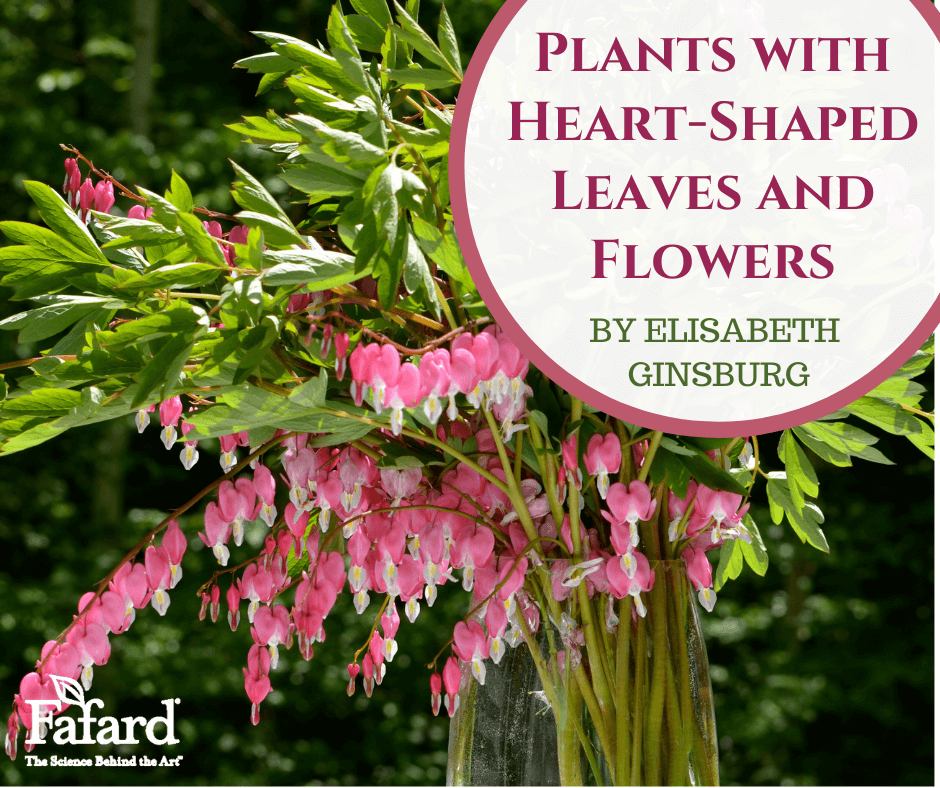
Hearts are on sleeves–and everywhere else–in February. Valentine’s Day, arriving at mid-month, is a high point, celebrating love in its many forms. But Valentine’s hearts are not the only ones in the spotlight. The American Heart Association has designated February as “American Heart Month” to raise awareness of heart health nationwide. Clearly, warm hearts rule in mid-winter.
It is a perfect time to give a loved one, or yourself, a heart in the form of house or garden plants that have either heart-shaped leaves or flowers. From the earliest spring violet leaves to the red flowers of tropical anthurium, hearts and horticulture go hand in hand.
Heart-Shaped Plants in the Garden

When the garden awakens in the spring, common blue violets (Viola sororia, USDA Hardiness Zones 3-9) pop out everywhere, but you can add even more charm to your garden with the gift of violet ‘Freckles’. Each little white flower is delicately freckled with purple. Some people regard violets as weeds, but many welcome the green, heart-shaped leaves and winsome blue-purple blooms, especially if you plant extra pretty varieties.
More hearts appear on false forget-me-not (Brunnera macrophylla, Zones 3-8), low-growing plants with heart-shaped leaves that may be variegated with cream. The variety ‘Jack Frost’ has extra bright white leaf coloration and lots of bright blue spring flowers, which resemble common forget-me-nots, as an added attraction.
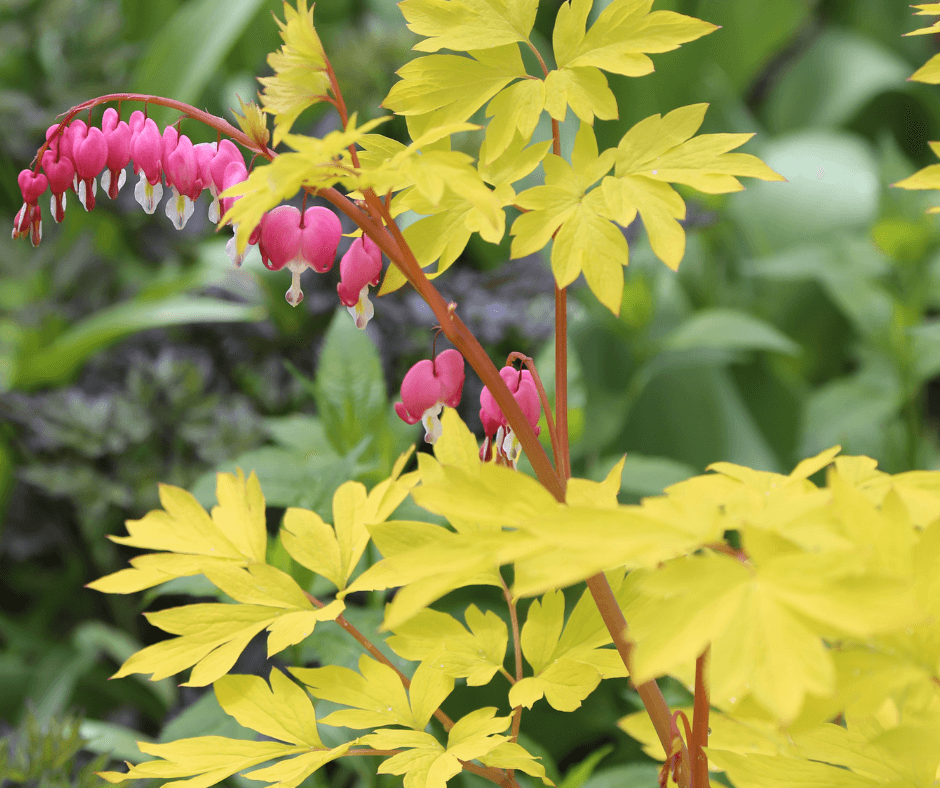
Some of the most visible hearts in the spring garden belong to the classic perennial bleeding heart (Lamprocapnos spectabilis, aka. Dicentra spectabilis, Zones 3-9). The vigorous plants feature pendant, heart-shaped blooms in red, pink, or white, accompanied by fern-like foliage. Rising two to three feet tall with arching stems, mature plants bear scores of flowers in mid to late spring. The variety ‘Gold Heart’ is extra pretty with its golden foliage. Children and adults love the plump little “hearts”. Gardeners with limited sunny space also love the fact that bleeding heart will bloom happily in part shade. It is also important to remember that a bleeding heart will often naturally go dormant in the heat of summer.
For dramatic heart-shaped leaves on a climbing vine, choose Dutchman’s pipe (Aristolochia macrophylla, Zones 4-8), which blooms in late spring and can climb to 30 feet with a 20-foot spread. The large leaves are heart-shaped and form a dense blanket. Greenish flowers are shaped like smokers’ pipes but flare out into vaguely heart-shaped mouths of brown-purple.
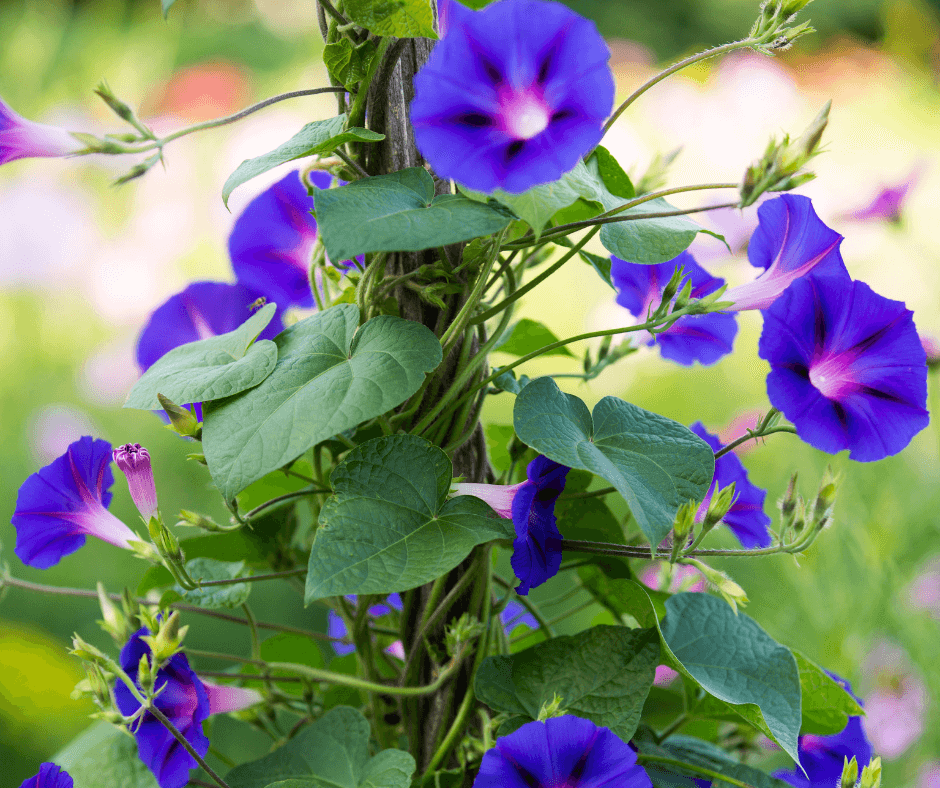
In summer the heart-shaped leaves of purple morning glories and moonflowers (Ipomoea purpurea and Ipomoea alba) shine on vining stems that will clamber up almost any support. Though the trumpet flowers of these old-fashioned favorites provide maximum visual appeal, the leaves cloth supports in blankets of green hearts. They are easily grown from seed and will self-sow. Try the glowing ‘Grandpa Ott’s’ purple morning glory with its purple flowers with rose-red stars.
Many hostas (Hosta hybrids, Zones 3-9) also sport heart-shaped leaves, including the fittingly named ‘Heart and Soul’, with dark greens leaves brightened by lighter green variegation. Little ‘Mighty Mouse’, with cream and green variegated leaves and a rise of just 6 inches, is perfect for those who need to fit a lot of heart into a small space.
Trees and Shrubs with Heart
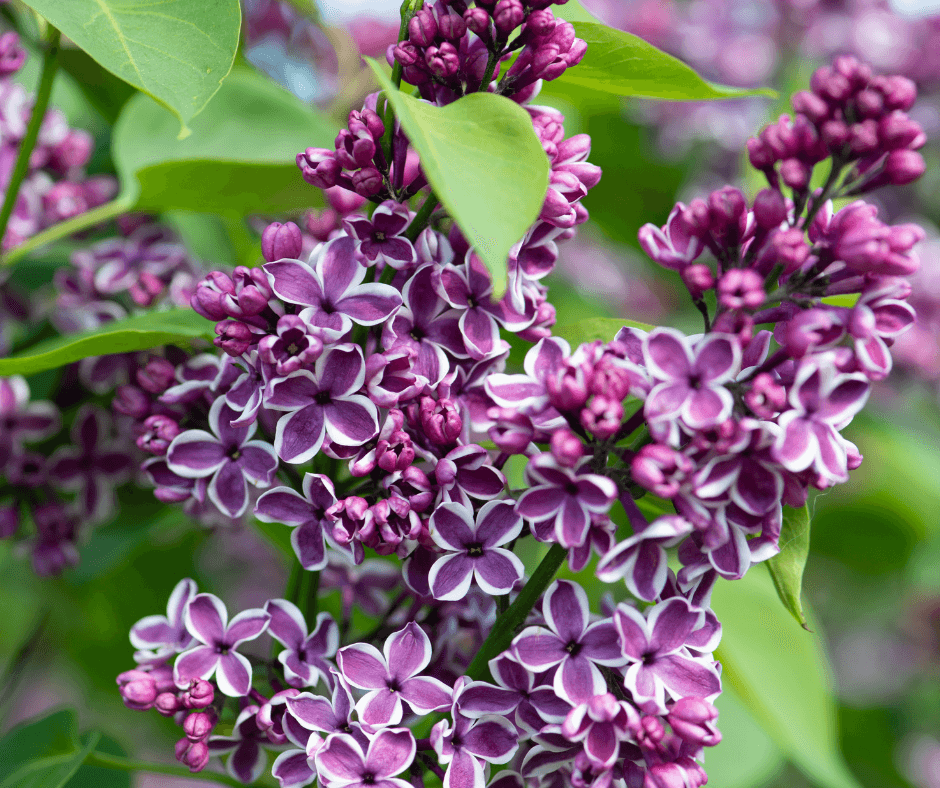
Start spring in a heartfelt way with the romance of a classic lilac bush (Syringa vulgaris, Zones 3-7). Fabled for lush panicles of fragrant purple, blue-violet, white, pink or yellow flowers, lilacs also boast good-looking heart-shaped leaves that add to the garden even after the flowers are a fragrant memory. Two good choices are the double-pale-pink-flowered ‘Beauty of Moscow’ and large-flowered ‘Sensation’ with its abundant, fragrant clusters of white-edged purple blooms.
Eastern redbuds (Cercis canadensis, Zones 4-8) are flowering native trees that bear heart-shaped leaves that appear after their colorful pea-like spring flowers. Standard redbuds are excellent medium-sized specimen trees with green leaves, but you can add landscape interest by choosing a modern variety like ‘Forest Pansy’, with purple leaves, toning somewhat to green later in the growing season. The same hearts may flame in yellow and orange come fall. Speaking of flames, Flame Thrower® features spring foliage that turns from reddish-purple to gold to green and has pale-pink spring flowers.
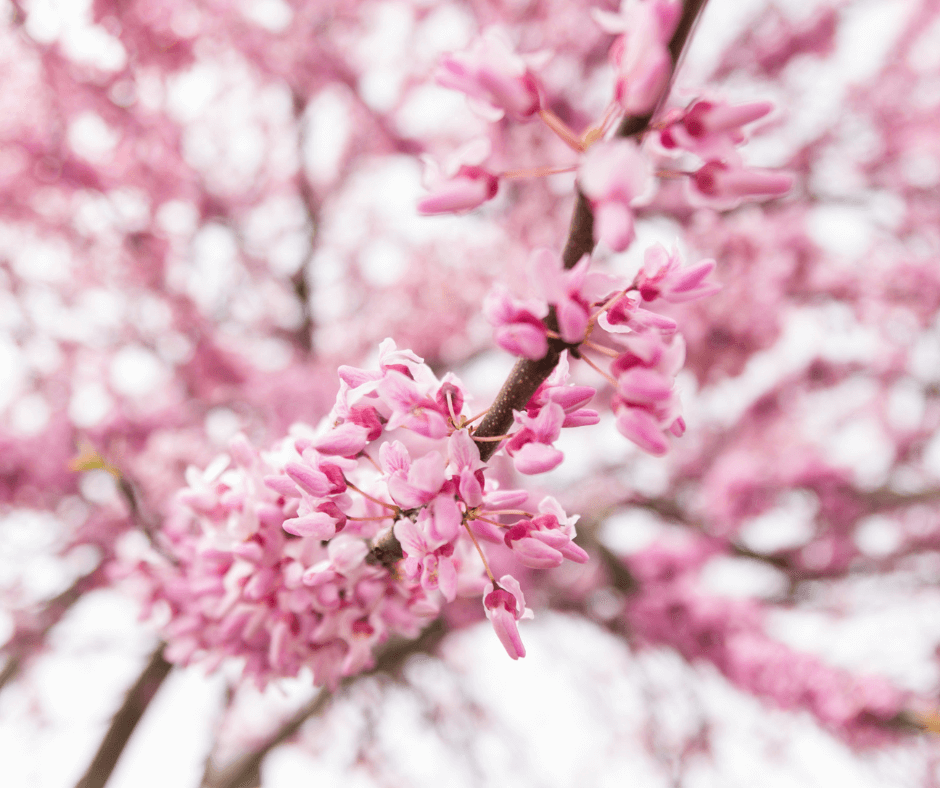
When planting these big-hearted trees, it is important to get them off to a good start. Amend the soil in the planting holes with a nutrient-filled product like Fafard Premium Natural and Organic Compost. (Click here for tree and shrub planting guidelines.)
Heart-Shaped Plants for the House
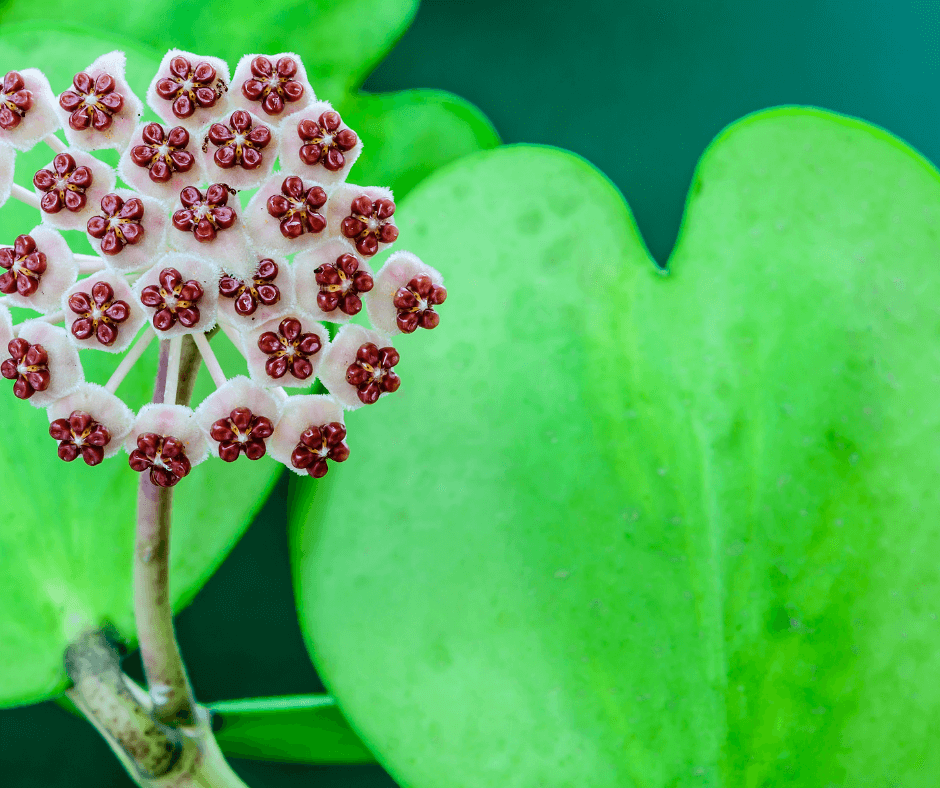
Heart-shaped flowers are not as common as heart-shaped leaves among houseplants, but Anthurium, sometimes known as flamingo flower, boasts hearts in spades. Flowering plants feature leathery heart-shaped spathes in lipstick red, pink or white. The true flowers are on the spadix that protrudes from the center of each “heart.” To keep your anthurium healthy, plant it in a coarse medium, like orchid mix, and provide bright, indirect light. A warm room will suit its tropical nature, as will positioning the pot atop a tray filled with pebbles and water.
What could be more appropriate for the month of hearts than the sweetheart plant (Hoya kerrii)? Also known as ‘heart-leaf hoya”, young plants are often sold in 4-inch pots, with a single, plump green or green and white variegated heart-shaped leaf protruding from each pot. Additional leaves sprout as the hoya grows, eventually developing into a vine laden with hearts. Indoors, supply bright, indirect light and water sparingly. Provide support as the vine begins to spiral upward.
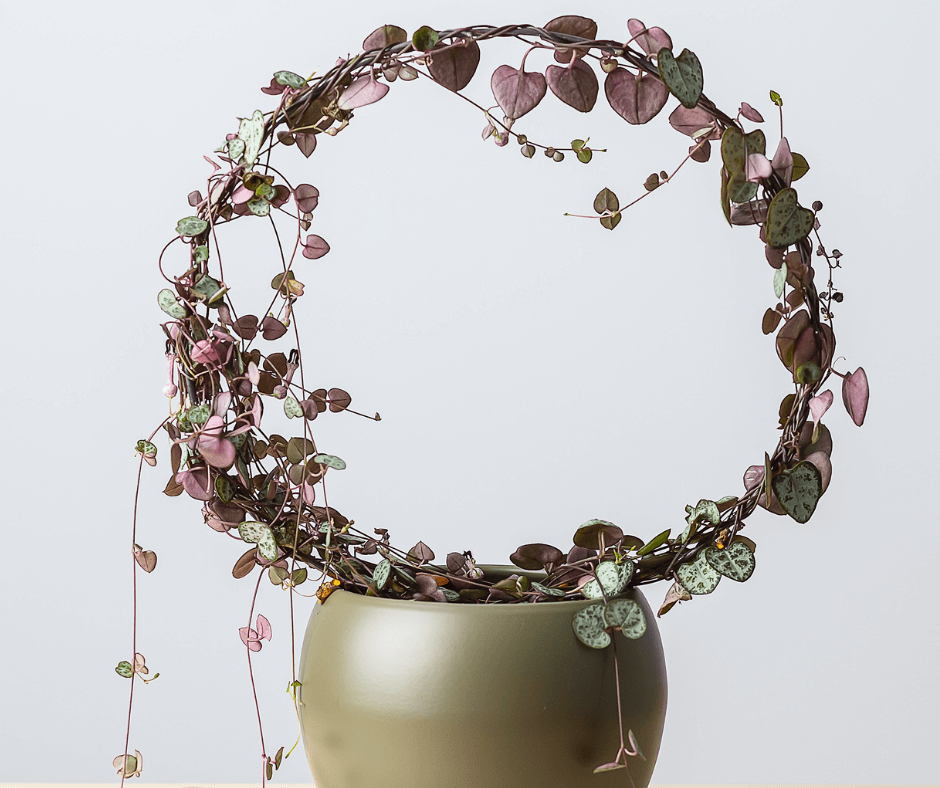
String-of-hearts (Ceropegia woodii) sports hearts to spare. An evergreen succulent vine native to South Africa, string-of-hearts generally feature multiple vining stems laden with small, green, or variegated heart-shaped leaves that sprawl outward from the plant’s base. This trait makes string-of-hearts good subjects for hanging baskets or pedestals. In warm winter climates, they also make excellent ground covers.
In late summer or early fall, the plants also produce pale, reddish purple tubular flowers.
To keep a string of hearts healthy, treat it to a well-drained potting medium, like Fafard Professional Potting Mix, and bright indirect sunlight. Water when the surface of the soil feels dry. The plants tend to go dormant in winter, so reduce water and food during that time.

